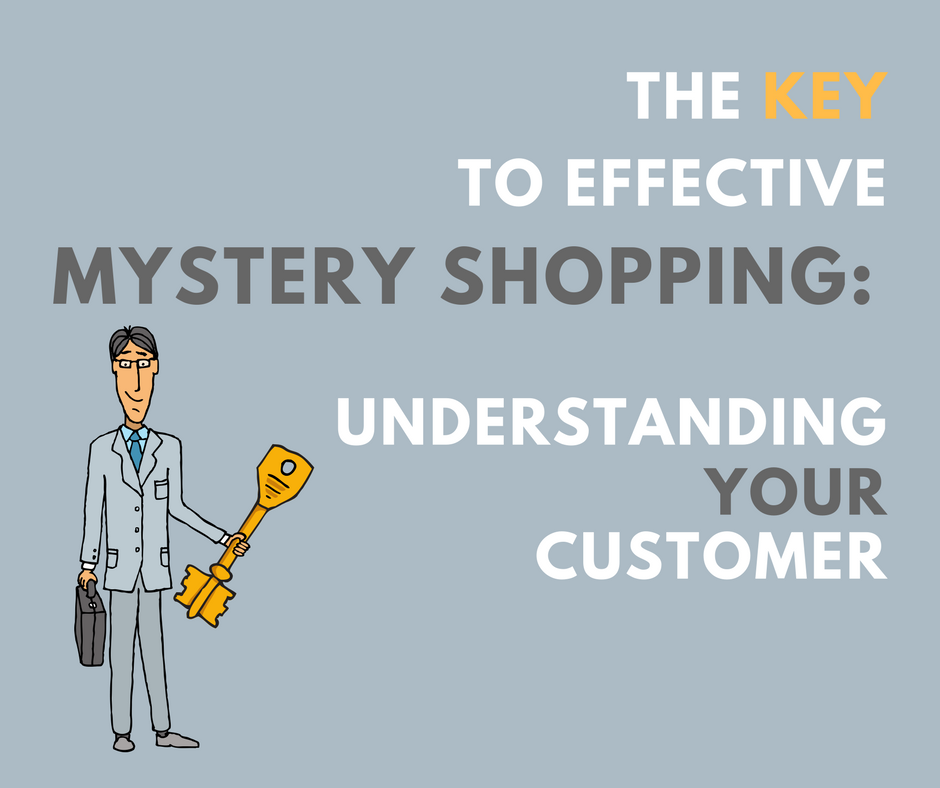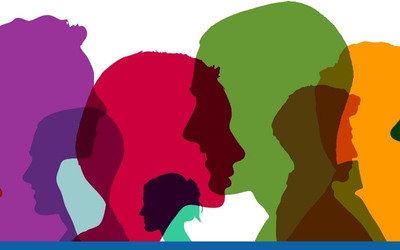Transforming CX: How Mystery Shopping, Feedback Survey, and Reputation Management Work Together
It's a common misconception that Mystery Shopping, Customer Feedback Surveys, and Reputation Management all deliver the same insights into the...
2 min read
Navi Vaid October 12, 2017

Have you ever been in a situation where you ask a question only to receive an answer that isn’t what you were looking for? Maybe you didn’t ask the right question, or maybe the person you were asking didn’t know enough about the situation to give you the right feedback.

Mystery shopping is one of the most effective ways to gain unbiased feedback about your business. It is a great tool to use for identifying areas of improvement, opportunities, and ensuring your CX initiatives are being implemented by front line staff. But unless you're asking the right questions, your efforts may be going to waste.
In this blog, we'll introduce how to gain the right insights about your customers through customer personas and customer journey mapping in three easy steps:
The most effective mystery shopping programs are ones that mimic a real customer experience. Because of this, it is very important to have an intimate understanding of not only who your customers are, but truly empathize with the situations they face.
Understanding who your customers are by creating customer personas is one of the most important steps before developing the evaluation criteria for your mystery shopper program.
A customer persona is a detailed description of your target customer and should include everything from demographic information to hobbies and career stage. It is imperative to have a deep understanding of your buyer persona’s wants, needs, and preferences in order to effectively assess whether your business is meeting those specific needs.
There is no magic number when it comes to the right amount of buyer personas to develop for your business. Think of who your existing customers are, who you want to target, and the different industries you sell to. These are all great starting points in determining how many personas you will need.
Once you have developed your buyer personas, it is important to take note of the major differences between these persona’s as the basis for developing a customer journey map.
A customer journey map tells the story of the customer’s experience. It identifies key interactions, feelings, and motivations for each touch point they have with your business.
You should develop a customer journey map for each of your businesses persona’s and take note of the major differences between these journeys. It may mean that you need to develop two different mystery shopper programs that address different paths of service or touch on different elements of each customer’s experience.
Once you understand who your customers are and their specific journey, you will be able to determine the right questions you should be asking in your mystery shopping program.
One of the insights from your customer experience mapping reveals that buyer persona A is consistently displeased with their ability to locate merchandise in your store. This could be for several reasons:
Through this discovery, you can identify areas of focus that your mystery shopper program should address such as:
Once you have defined the criteria and questions your mystery shopper program will evaluate, it is important to continue to monitor your customers as their needs and wants are constantly evolving. Depending on the strategic direction your business is moving in it may be necessary to revisit your personas overtime to ensure they still align with your brand. A customer satisfaction survey is an excellent tool to monitor your customers at the various touch points you have defined in your customer experience map. You can instantly receive customer feedback and use these insights to adjust your program.
Businesses must continue to stay on beat by listening to their customers and focus on differentiating themselves through providing superior experiences. Through developing customer personas, mapping the customer journey, and adapting to your customers evolving expectations, your mystery shopper program will be on it's way to delivering the insights that matter most.

It's a common misconception that Mystery Shopping, Customer Feedback Surveys, and Reputation Management all deliver the same insights into the...

You’ve probably noticed it: shopping doesn’t look like it used to. As customer expectations evolve, stores are getting smarter, checkout lines are...

With the rise of technology and digital channels, brands need to ensure that customers have great experiences not only at various locations but...